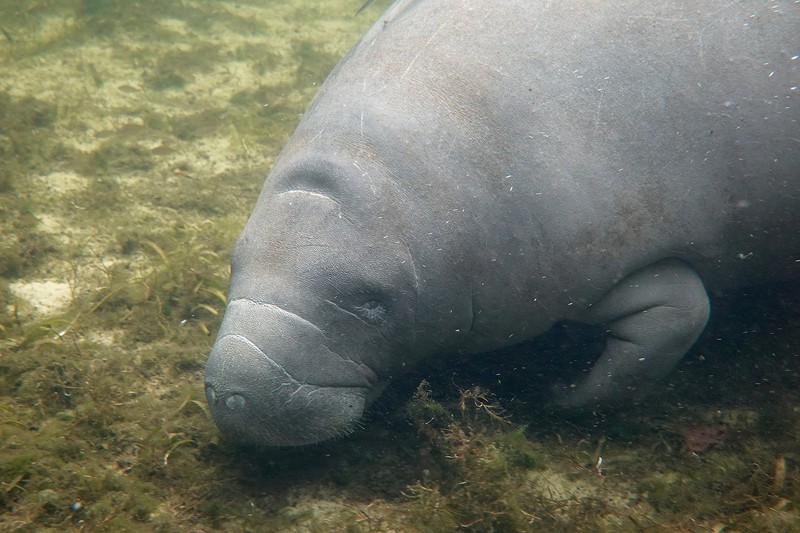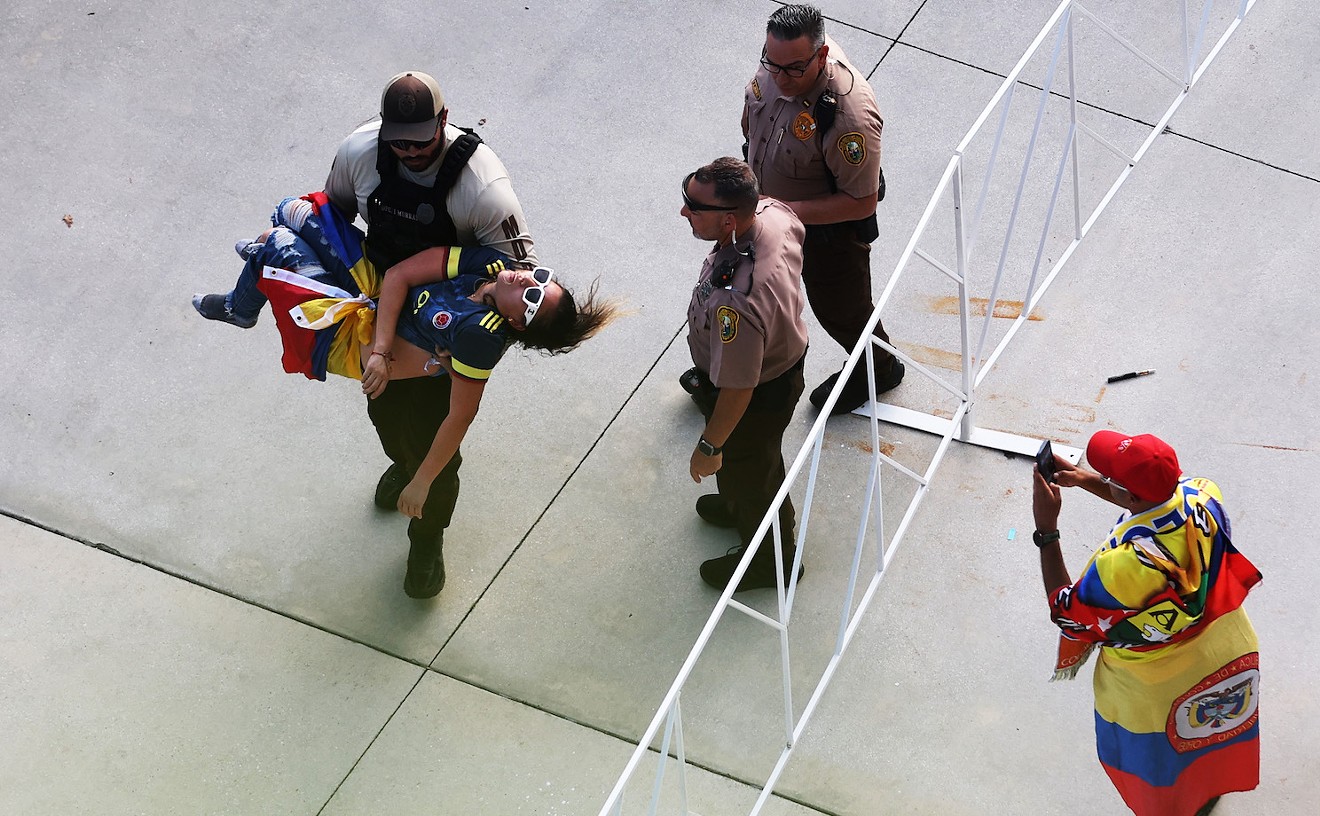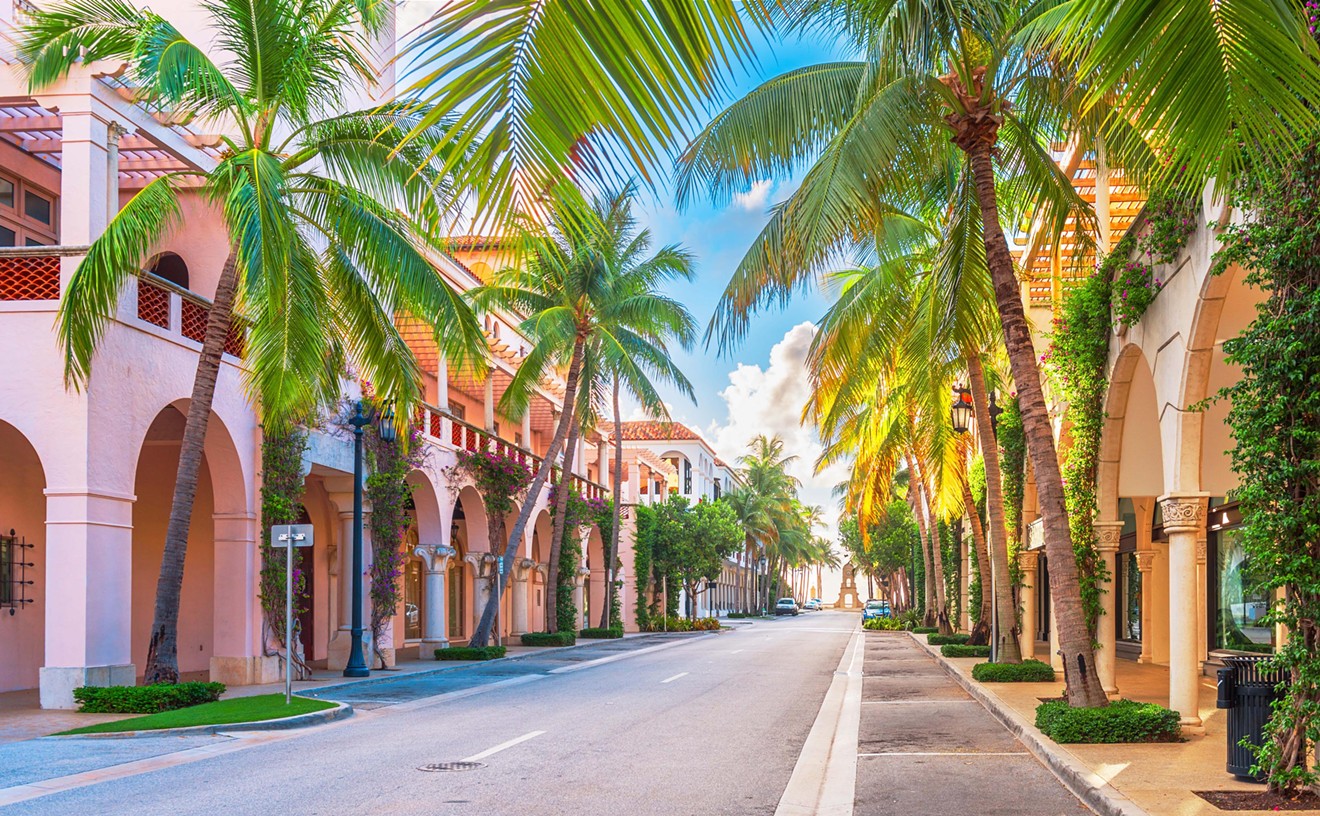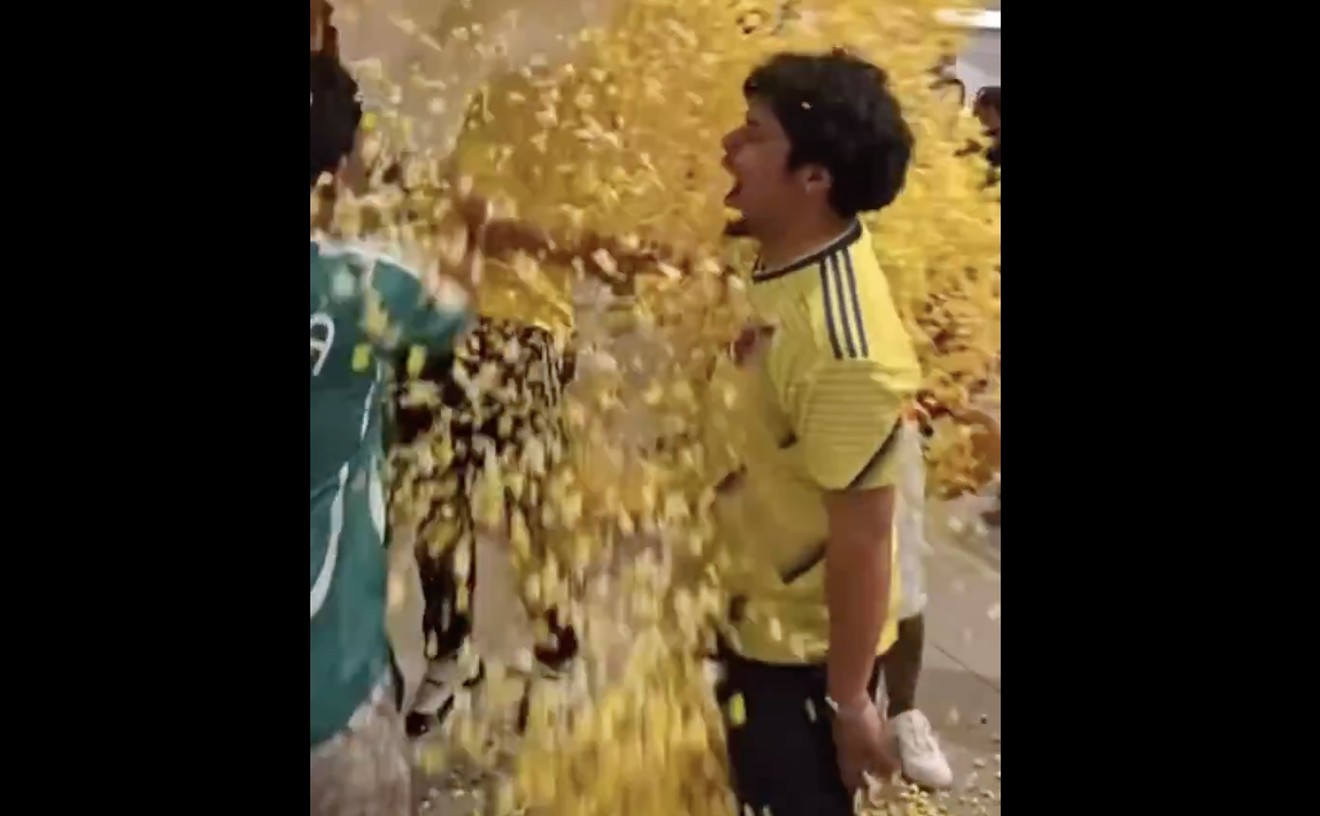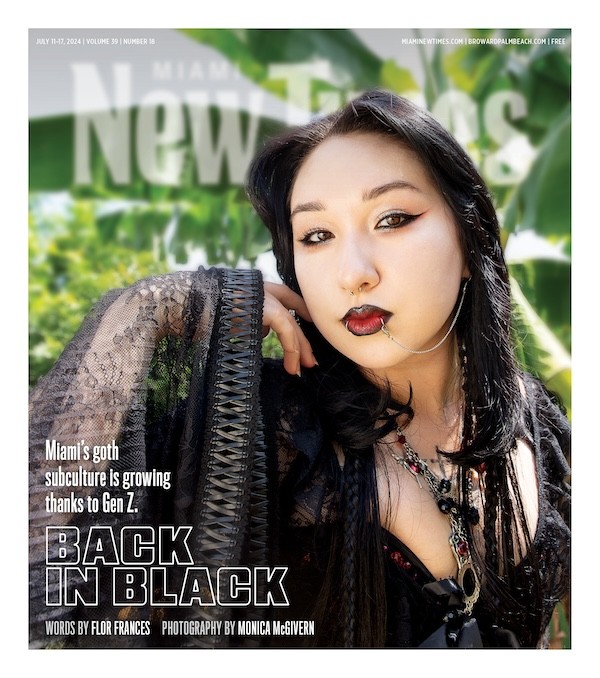On a recent Friday morning, Myriam Schenk spotted an unexpected creature swimming around in her neighborhood lake.
A video recorded by Schenk shows the slow-moving animal bopping its head above the water in the manmade pond inside her Pembroke Pines neighborhood.
"I saw the face, and I said, 'What is this?'" she told Local 10. "I started taking a video and said, 'This is a manatee!'"
It wasn't the first time he, or she, was spotted at the Cedarwoods community. Other residents recalled seeing the sea cow just weeks earlier. They remarked it was the first time in 15 years living in the community that they'd seen a manatee there.
Surely, the idea of a manatee wandering 10 miles from the Atlantic Ocean to an inland suburban community's lake seems bizarre.
How the hell did it get there?
According to Adriana González Fernández, science and research director for Miami Waterkeeper, manatees can travel inland through canals and even storm drains to find warm water, food, and breeding areas.
"It's uncommon but not extremely rare," she tells New Times.
She adds that there have been previous reports of manatees getting trapped in Florida's culverts — tunnel structures used to transport water beneath roadways — as well as one incident from 2021 in which a manatee was stranded in a lake in Pembroke Pines. (González Fernández says it was eventually relocated to Biscayne Bay after concerns about emaciation.)
While manatees are adaptable and can tolerate both fresh and saltwater environments, González Fernández says the health of a manatee in a lake depends on factors like water temperature and food availability. Some natural manatee habitats are far inland, including Blue Spring State Park in Volusia County and Fanning Springs State Park in northwest Florida.
A suitable habitat for manatees includes warm, shallow waters rich in seagrass and protected from heavy boat traffic.
"However, these habitats are increasingly threatened by algal blooms, seagrass decline, and the impacts of climate change," González Fernández says.
Florida Fish and Wildlife Conservation Commission (FWC) spokesperson Jonathan Veach assures New Times that according to a FWC biologist, there is "a lot" of vegetation in the area of the Pembroke Pines lake for the manatee to feed on.
"This is not a rare event and only becomes a concern if the manatee has trouble leaving the pond or canal," Veach says.
The past few years have been exceptionally deadly for the beloved mammals, which typically live among the state's coastal waters, rivers, and springs, moving freely between fresh, saline, and brackish waters.
In 2021, more than 1,000 manatees perished in a historic die-off attributed partly to starvation, leading state and federal wildlife officials to take the unusual step of buying 55 tons of lettuce to hand-feed to the mammals along Florida's eastern shore.
The spike in deaths has been attributed to the drastic loss of their primary food source, seagrass. Growth of the underwater plants has been stymied thanks to pollution and algae that has clogged up parts of the Indian River Lagoon, where herds of manatees gather during winter.
Veach urges the public to report any sick, injured, distressed, or dead manatees to the Wildlife Alert hotline at 888-404-FWCC(3922).
[
{
"name": "Air - MediumRectangle - Inline Content - Mobile Display Size",
"component": "19274298",
"insertPoint": "2",
"requiredCountToDisplay": "2",
"watchElement": ".fdn-content-body",
"astAdList": [
{
"adType": "rectangle",
"displayTargets": "mobile"
}
]
},{
"name": "Editor Picks",
"component": "17482312",
"insertPoint": "4",
"requiredCountToDisplay": "1",
"watchElement": ".fdn-content-body",
"astAdList": [
{
"adType": "rectangle",
"displayTargets": "desktop|tablet"
},{
"adType": "rectangle",
"displayTargets": "desktop|tablet|mobile"
}
]
},{
"name": "Inline Links",
"component": "18711090",
"insertPoint": "8th",
"startingPoint": 8,
"requiredCountToDisplay": "7",
"maxInsertions": 25
},{
"name": "Air - MediumRectangle - Combo - Inline Content",
"component": "17482310",
"insertPoint": "8th",
"startingPoint": 8,
"requiredCountToDisplay": "7",
"maxInsertions": 25,
"watchElement": ".fdn-content-body",
"astAdList": [
{
"adType": "rectangle",
"displayTargets": "desktop|tablet"
},{
"adType": "rectangle",
"displayTargets": "desktop|tablet|mobile"
}
]
},{
"name": "Inline Links",
"component": "18711090",
"insertPoint": "8th",
"startingPoint": 12,
"requiredCountToDisplay": "11",
"maxInsertions": 25
},{
"name": "Air - Leaderboard Tower - Combo - Inline Content",
"component": "17482313",
"insertPoint": "8th",
"startingPoint": 12,
"requiredCountToDisplay": "12",
"maxInsertions": 25,
"watchElement": ".fdn-content-body",
"astAdList": [
{
"adType": "leaderboardInlineContent",
"displayTargets": "desktop|tablet"
},{
"adType": "tower",
"displayTargets": "mobile"
}
]
}
]

